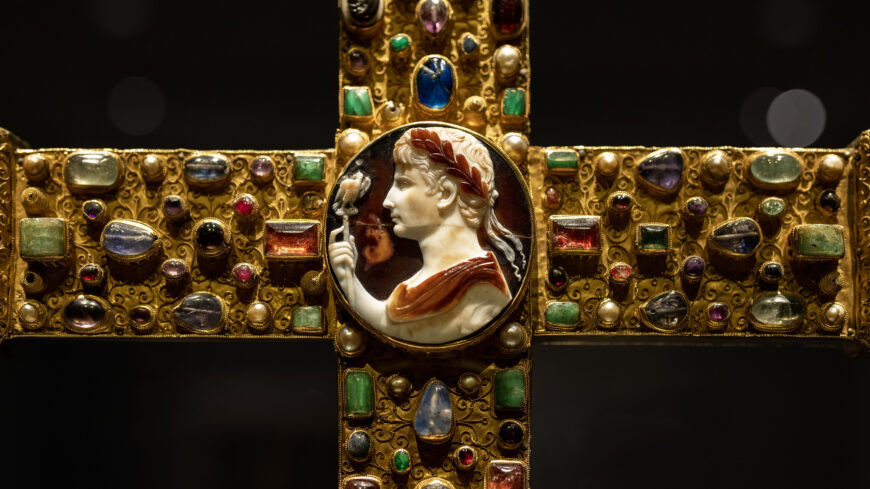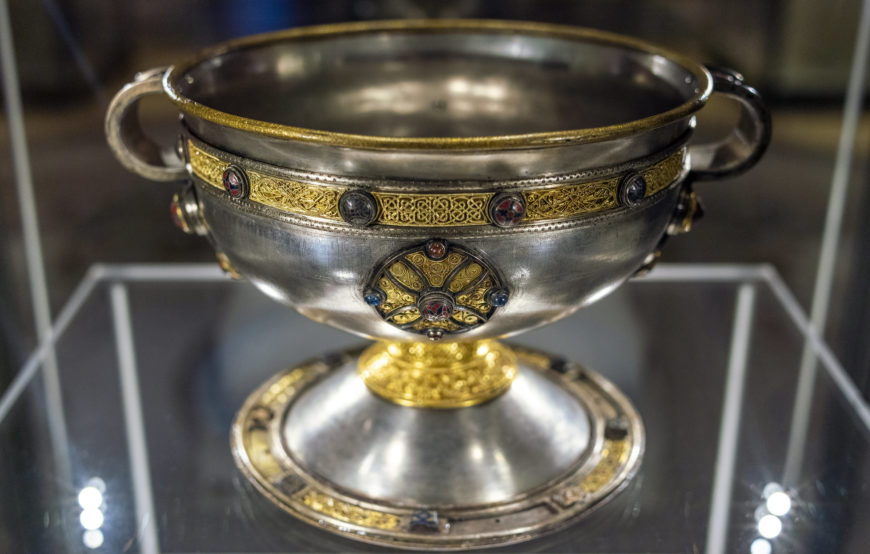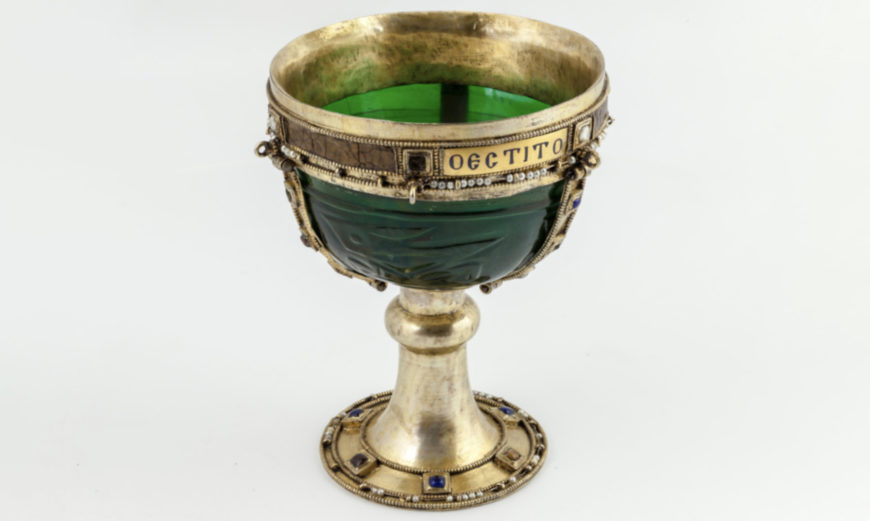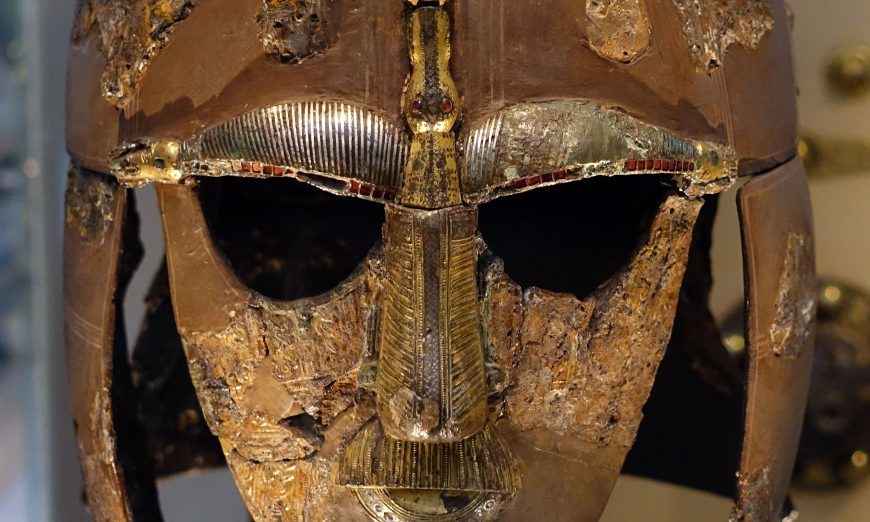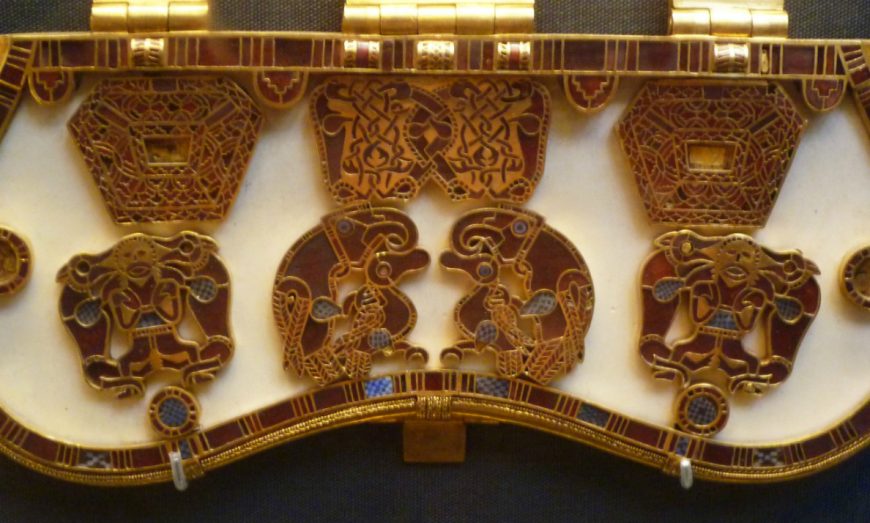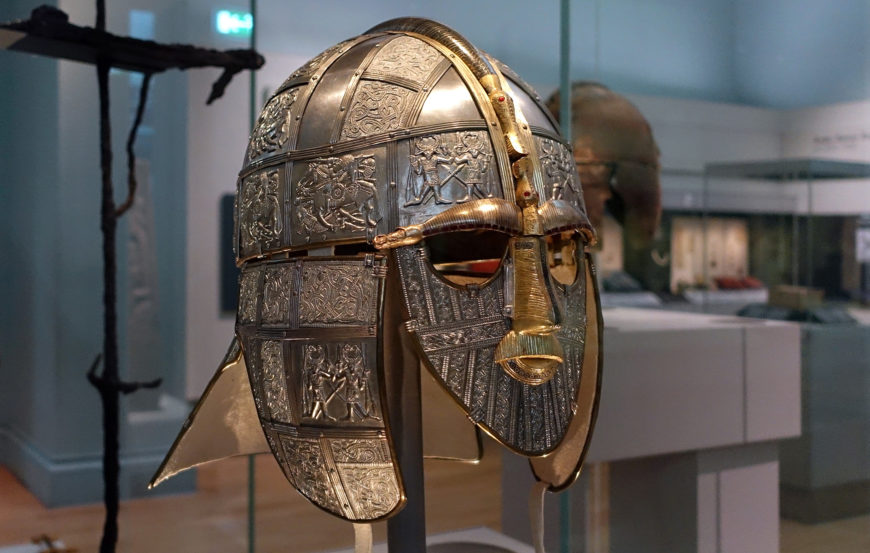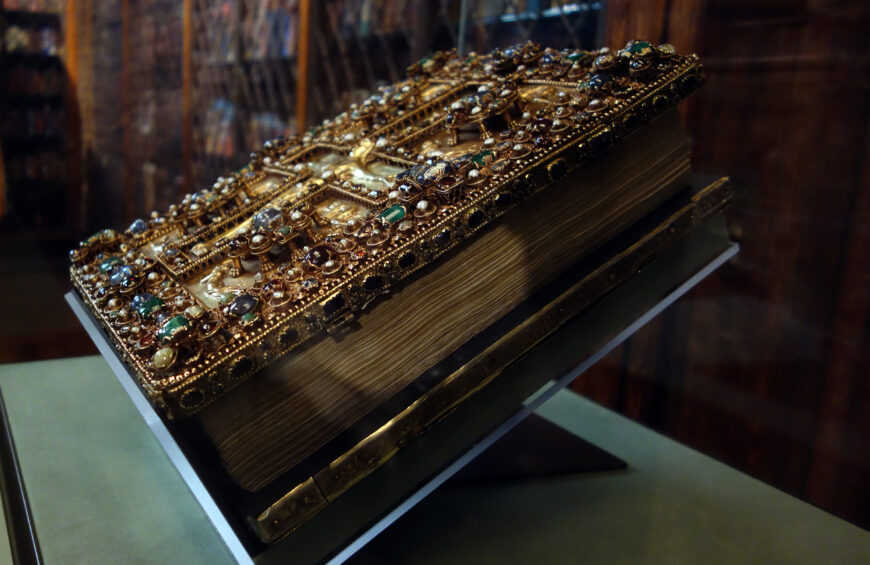Related works of art
In the Ancient Mediterranean
Masks
Active in c. 5000 B.C.E.–350 C.E. around the World
In North Africa
Mobility and reuse: the Romanos chalices and the chalice with hares
10th century (with antique sardonyx bowl)
Egypt
Your donations help make art history free and accessible to everyone!



